This article was co-authored by Lisa Bryant, ND and by wikiHow staff writer, Megaera Lorenz, PhD. Dr. Lisa Bryant is Licensed Naturopathic Physician and natural medicine expert based in Portland, Oregon. She earned a Doctorate of Naturopathic Medicine from the National College of Natural Medicine in Portland, Oregon and completed her residency in Naturopathic Family Medicine there in 2014.
There are 23 references cited in this article, which can be found at the bottom of the page.
This article has been viewed 66,582 times.
Blotchy, uneven skin can be frustrating to deal with. Fortunately, there are lots of natural, gentle options available for calming your troubled skin! Whip up some skincare treatments with household items or try a dermatological product with natural ingredients, like an enzyme peel. While many natural remedies are safe for your skin, it’s a good idea to reach out to your doctor if you experience irritation or you aren’t getting the results you want.
Things You Should Know
- Smoothe your skin with honey and oatmeal or a cleanser on a soft sponge (but never abrasive cleansers) and then, follow up with a moisturizer.
- To help fight redness and blotches, use vitamin C, essential oils, and face masks.
- Or, get a professional treatment, like enzyme peels, ceramide creams, or alpha hydroxy acid peels.
Steps
Smoothing Your Skin
-
1Make a gentle exfoliant with honey and oatmeal. Honey has antimicrobial properties, which can kill bacteria that cause acne and irritation.[1] Oatmeal can soothe irritation and minimize redness, while also gently buffing away dead skin.[2] Between the two of them, they make a skin-evening powerhouse! To make a basic honey and oatmeal scrub, mix about 1 tablespoon (15 mL) of raw honey with 1 tablespoon (about 6 grams) of ground oatmeal. Smooth it gently over your face with your fingers, then rinse it away with cool water.
- If you like, you can add other skin-soothing essential oils, such as chamomile, peppermint, tea tree, or cinnamon oil.[3] Always dilute essential oils in a carrier oil, such as olive or jojoba oil.
-
2Use a soft brush or sponge to gently buff your skin. Moisten a sponge or soft brush with your favorite cleanser and use it once or twice a day to gently rub away dirt, grime, and dead skin. Use small, circular motions and light strokes to avoid irritating your skin.[4] This will help give your skin a smooth, even look and a healthy glow!
- You can get exfoliating sponges or brushes at a beauty supply store or order them online.
Tip: Most dermatologists recommend using chemical exfoliants, since they tend to be gentler on your skin than mechanical exfoliants (those that use scrubbing action). If you use a mechanical exfoliant like a konjac sponge, wipe your face gently without scrubbing or applying firm pressure.[5]
Advertisement -
3Use a moisturizer after you exfoliate your skin. Gentle exfoliation is great for boosting the look of your skin. However, it can also be drying, which can lead to more roughness and irritation. To prevent this, rub a gentle moisturizer into your skin immediately after exfoliating.[6]
- Choose a moisturizer that’s free of dyes and perfumes, which can irritate your skin.
- Moisturizing has the added benefit of preventing your skin from producing too much oil, which means you’ll be less likely to get breakouts and blemishes![7]
-
4Avoid regular use of harsh scrubs or abrasive cleansers. An occasional deep exfoliating treatment can help smooth your skin and make it easier to absorb moisturizers and other skincare products.[8] However, regularly scrubbing your face with a harsh exfoliating product—such as a walnut or apricot scrub—will eventually damage your skin and make it more prone to dryness and inflammation.[9] Be gentle with your skin and stick to mild exfoliants for your home skincare routine.
- If you want to try a deep exfoliating treatment, such as microdermabrasion, talk to your doctor or dermatologist. They can make recommendations about how to use these types of treatments safely.
Treating Redness and Blotches
-
1Apply a vitamin C serum. You’ve probably heard that vitamin C can strengthen your immune system. But did you know that it also helps protect your skin against sun damage?[10] It may also brighten your skin and reduce dark spots. Put on some vitamin C serum before you go out during the day to help even your skin tone while also protecting it from the sun.
- You can purchase vitamin C serums and creams online or from beauty supply stores.
Tip: Lemon juice is rich in vitamin C, which may be part of the reason it works as a skin-brightening agent. However, be very cautious when applying lemon juice or extract to your skin, since it can cause irritation.[11]
-
2Use products with essential oils to battle inflammation and bacteria. In addition to smelling nice, many essential oils have anti-inflammatory and antibacterial properties.[12] This means they are great for reducing breakouts and irritation, which can lead to uneven-looking skin. Mix 2-3 drops of an essential oil with 1 teaspoon (4.9 mL) of a gentle carrier oil, like jojoba or olive oil, or your favorite moisturizer. Smooth a small amount of the mixture over any problem areas.[13] Some essential oils that may help calm your skin include:
- Tea tree
- Rosehip
- Chamomile
- Witch hazel
- Lemon myrtle
- Peppermint
- Lavender
- Frankincense
- Black seed[14]
-
3Try a skin balancing face mask. Face masks are designed to deliver a potent blend of moisturizers, nutrients, and other beneficial ingredients to your skin. The mask allows these ingredients to penetrate more deeply into your skin—and stay there longer—than a regular lotion or moisturizer. Treat yourself to a relaxing mask treatment at home or your favorite spa. Look for a skin calming or balancing mask to help reduce unevenness and blemishes. Get a mask that includes ingredients such as:[15]
- Alpha hydroxy acids
- Antioxidants (such as vitamin C or E)
- Niacinamide
- Kojic acid
- Soy
- Licorice root
Using Natural Dermatological Treatments
-
1Get rid of rough spots and blotches with an enzyme peel. Enzyme peels are a gentle, natural form of chemical exfoliation. Use an enzyme peel twice a day to help smooth out your skin and reduce blotchiness and sun damage.[16] Apply the peel to your face with a fan brush, focusing on any problem areas. Sit in the bathroom with a hot shower running to steam your face for 7-10 minutes, then gently wipe away the peel with a clean, damp cloth. Press a towel or washcloth dampened with warm water to your skin to remove any residue.
- These peels are less likely to cause irritation than other forms of chemical exfoliation, such as glycolic acid peels.
- Enzyme peels can be made from either plant- or animal-derived enzymes. For example, some are made from salmon roe (fish eggs), while others are manufactured from fruits, such as papaya, pineapple, or pumpkin.
- You can purchase enzyme peels online or from a beauty supply store, or have one applied at a spa.
-
2Try an alpha hydroxy acid peel for slightly stronger exfoliation. Alpha hydroxy acids (AHAs) are found naturally in plants (such as sugarcane and acidic fruits) and animal products (like milk). Use an acid peel to reduce the appearance of scars, acne, age spots, or other forms of discoloration. It will also help remove dead or roughened skin.[17] Follow the instructions on the label carefully if you choose to apply your own peel, or go to a spa to have it done professionally.
- Some common AHAs include glycolic acid (made from sugarcane), lactic acid (made from sour milk), and citric acid (derived from citrus fruits).
- These peels are effective at smoothing and evening out skin, but they can also cause irritation in some people. You may need to switch to a gentler form of exfoliation or use a product with a lower concentration of acid if you experience redness, burning, or swelling.
- You can purchase your own peel online or from a beauty supply store.
-
3Reduce redness with ceramide creams. Ceramides are lipids (fats) that occur naturally in your skin.[18] Ceramide-based lotions and creams can help reduce redness and dryness, giving your skin a more even appearance. Smooth on a ceramide cream as often as directed on the label, or follow your dermatologist’s advice.[19]
- Look for creams that contain niacinamide (vitamin B3) as well as ceramides for extra skin-calming power!
- Take care not to over-exfoliate while using a ceramide cream, since the combination can lead to increased irritation.
Preventing Skin Damage
-
1Wash your skin once or twice a day. Washing your face (and the skin elsewhere on your body) can remove bacteria, oils, and dirt, resulting in healthier and more even-looking skin. Wash your skin with an alcohol-free cleanser and lukewarm water, using your hands or a gentle cloth. When you’re done, rinse with lukewarm or cool water and pat your skin dry with a clean towel.[20]
- Avoid scrubbing your face with a washcloth, since this can cause irritation. Use your fingertips instead.
- Washing your skin too often can dry it out or irritate it, so stick to washing no more than twice a day or after you do a lot of sweating.
-
2Moisturize every time you clean your skin. Lock in moisture and keep your skin from becoming dry or irritated by moisturizing regularly. Use a gentle moisturizer that’s free of dyes and perfumes, and pick a product that’s labeled “non-comedogenic” (meaning it won’t clog your pores).[21]
- If you have very dry skin, try an oil-based moisturizer. For oilier skin, use something lighter to avoid clogging your pores.
-
3Wear sunscreen and protective clothing to prevent sun damage. While it’s a great idea to get outside and enjoy the sunshine every day, too much sun exposure can cause of premature aging and discoloration of the skin. Protect your skin by wearing sunscreen with an SPF (sun protection factor) of 30 or more all year round. Add an extra layer of protection by wearing a broad-brimmed hat and sunglasses to shade your face.[22]
- Protect yourself from the sun even if it’s cold, cloudy, or snowy outside. Just because it’s cool out or the sun isn’t visible doesn’t mean that UV light can’t damage your skin!
-
4Use mild skin care products. Harsh skin care products that irritate your skin or clog your pores can cause breakouts, discoloration, and peeling. Avoid anything that makes your skin sting or burn when you put it on.[23]
- Alcohol, dyes, and perfumes are common culprits behind skin irritation. Harsh chemical peels can also irritate sensitive skin.
- Look for products that are labeled “sensitive skin.”
-
5Avoid picking your skin or squeezing pimples. If you have blemishes, pimples, or peeling skin, leave them alone as much as you can. While it’s tempting to squeeze or pick at these pesky imperfections, messing with your skin can increase irritation and inflammation, which in turn may cause your skin to develop scars or dark spots.[24]
- If you can’t resist the urge to pick at your skin, make it harder for yourself by cutting your nails short and keeping your hands busy. For example, you might pick up a stress ball or some Silly Putty if you feel the temptation to pick your skin coming on.
-
6Choose alternatives to waxing your hair. Waxing can inflame your skin and cause reddening or dark spots.[25] To prevent this, try gentler alternative methods of hair removal, such as:
- Shaving
- Hair-removal creams
- Laser hair removal
When to Seek Medical Care
-
1Check with your doctor before using natural treatments. It’s usually safe to use homemade or natural skin treatments. However, these treatments may not be right for everyone. They may irritate your skin, so talk to your doctor before you use them.[26]
- Your doctor or dermatologist may be able to recommend additional natural treatments.
-
2Get medical treatment if your skin reacts to the treatment. Certain natural ingredients may irritate your skin, which could cause redness, inflammation, and itching. You might even develop a rash. If this happens, visit your doctor to find out if you need medical treatment.[27]
- Stop using the treatment that triggered your skin reaction.
-
3Visit a dermatologist if nothing is helping. While natural treatments often work great, they may not even out your skin tone. If you’ve been using natural treatments but still have an uneven skin tone, ask your doctor for a referral to a dermatologist to learn about other treatment options.[28]
- Your dermatologist can tell you about other treatments that may help you recover.
-
4See your doctor if you have a mole or spot that is dark or growing. While you likely don’t need to worry, dark spots on your skin can sometimes be skin cancers. You don’t need to be concerned unless your spot is dark or discolored, has irregular borders, is getting bigger, or is an asymmetrical shape. Additionally, you may notice redness, itching, tenderness, and bleeding. Talk to your doctor if you’re experiencing these symptoms.[29]
- Your doctor will examine the spot and may do a skin biopsy to diagnose it.
Expert Q&A
Did you know you can get premium answers for this article?
Unlock premium answers by supporting wikiHow
-
QuestionHow can I improve my skin tone naturally?
 Melissa JannesMelissa Jannes is a Licensed Esthetician and the owner of Maebee's Beauty Studio in Philadelphia, a single practitioner space providing quality services with individualized attention. Melissa is also a National Educator for Universal Companies. She received her esthetics degree at The Beauty School of Middletown in 2008 and is licensed in both New York and Pennsylvania. Melissa won the "Best of Beauty" award from Allure magazine in 2012 for the quality of her bikini waxing.
Melissa JannesMelissa Jannes is a Licensed Esthetician and the owner of Maebee's Beauty Studio in Philadelphia, a single practitioner space providing quality services with individualized attention. Melissa is also a National Educator for Universal Companies. She received her esthetics degree at The Beauty School of Middletown in 2008 and is licensed in both New York and Pennsylvania. Melissa won the "Best of Beauty" award from Allure magazine in 2012 for the quality of her bikini waxing.
Licensed Esthetician & Brazilian Wax Educator
Warnings
- While exfoliating is a good way to even your skin tone, it can cause problems if you don’t do it carefully. Avoid harsh chemical or mechanical exfoliants if you have dark skin or if you tend to notice dark spots appearing after burns, bug bites, or acne breakouts. If you damage your skin with aggressive exfoliation, it could cause blotches or dark spots to appear.[30]⧼thumbs_response⧽
References
- ↑ https://www.ncbi.nlm.nih.gov/pubmed/24305429
- ↑ https://www.ncbi.nlm.nih.gov/pubmed/25607907
- ↑ https://www.ncbi.nlm.nih.gov/pmc/articles/PMC5435909/
- ↑ https://www.aad.org/public/everyday-care/skin-care-secrets/routine/safely-exfoliate-at-home
- ↑ https://www.aad.org/public/everyday-care/skin-care-secrets/routine/safely-exfoliate-at-home
- ↑ https://www.aad.org/public/everyday-care/skin-care-secrets/routine/safely-exfoliate-at-home
- ↑ https://www.aad.org/public/diseases/acne/skin-care/moisturizer
- ↑ https://health.clevelandclinic.org/5-ways-to-exfoliate-your-skin-without-irritation/
- ↑ https://www.ncbi.nlm.nih.gov/pmc/articles/PMC3175800/
- ↑ https://www.ncbi.nlm.nih.gov/pmc/articles/PMC5579659/
- ↑ https://www.ncbi.nlm.nih.gov/pmc/articles/PMC2801997/
- ↑ https://www.ncbi.nlm.nih.gov/pmc/articles/PMC5435909/
- ↑ https://www.takingcharge.csh.umn.edu/how-do-i-choose-and-use-essential-oils
- ↑ https://www.sciencedirect.com/science/article/pii/S2352241015000286
- ↑ https://www.researchgate.net/publication/327167819_Skin_care_and_rejuvenation_by_cosmeceutical_facial_mask
- ↑ https://www.ncbi.nlm.nih.gov/pubmed/26580881
- ↑ https://www.mdpi.com/1420-3049/23/4/863/htm
- ↑ https://www.ncbi.nlm.nih.gov/pubmed/12553851
- ↑ https://www.forbes.com/sites/forbes-personal-shopper/2020/03/16/here-are-the-best-food-delivery-services-if-youre-stuck-at-home/#3a56ced113b1
- ↑ https://www.aad.org/public/everyday-care/skin-care-basics/care/face-washing-101
- ↑ https://www.aad.org/public/everyday-care/skin-care-basics/care/face-washing-101
- ↑ https://www.aad.org/public/diseases/a-z/melasma-self-care
- ↑ https://www.aad.org/public/diseases/a-z/melasma-self-care
- ↑ https://www.mayoclinic.org/diseases-conditions/acne/expert-answers/acne-mistakes/faq-20461962
- ↑ https://www.aad.org/public/diseases/a-z/melasma-self-care
- ↑ https://www.hopkinsmedicine.org/health/wellness-and-prevention/herbal-medicine
- ↑ https://www.ncbi.nlm.nih.gov/pmc/articles/PMC3931201/
- ↑ https://www.aad.org/media/news-releases/variety-of-options-available-to-treat-pigmentation-problems
- ↑ https://www.mayoclinic.org/diseases-conditions/age-spots/symptoms-causes/syc-20355859
- ↑ https://www.aad.org/public/everyday-care/skin-care-secrets/routine/safely-exfoliate-at-home
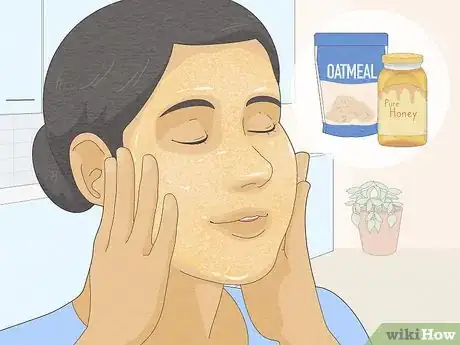
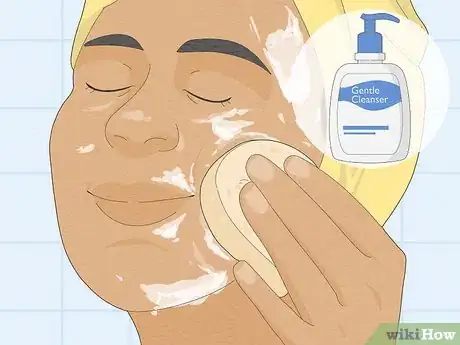
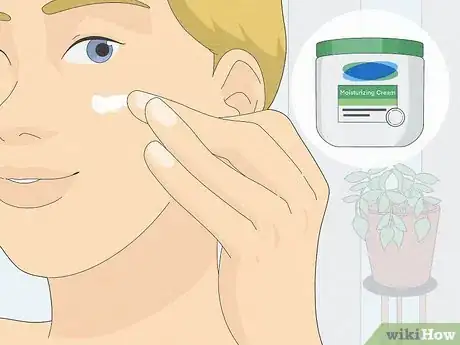
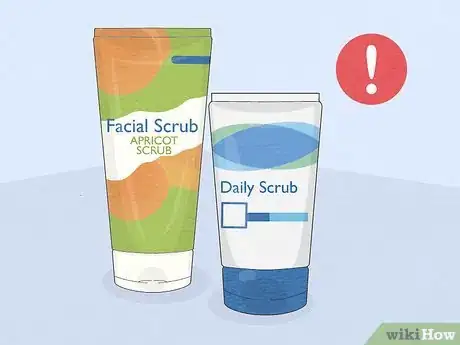
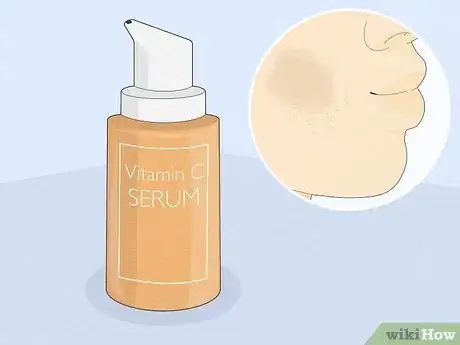
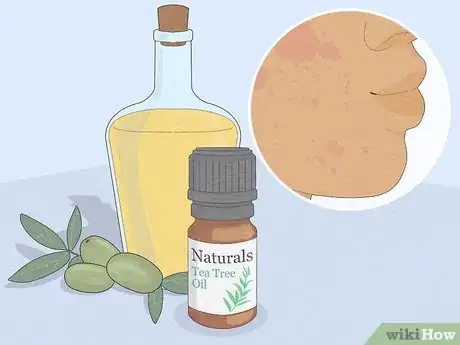
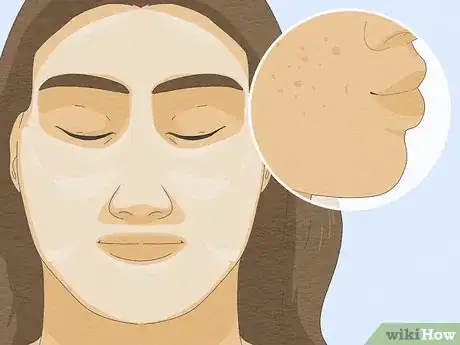
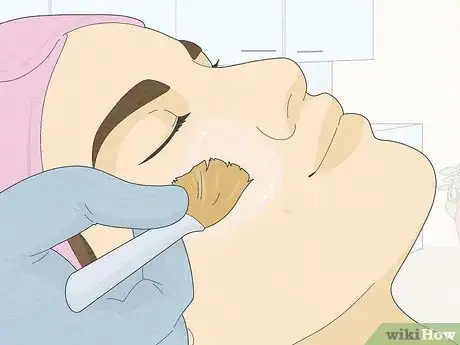
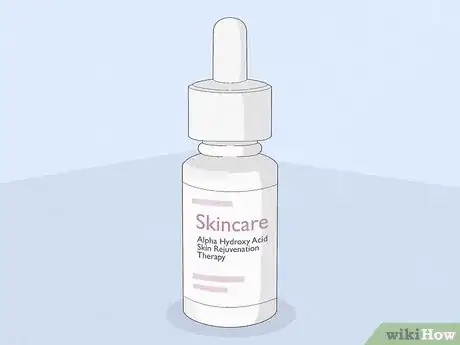
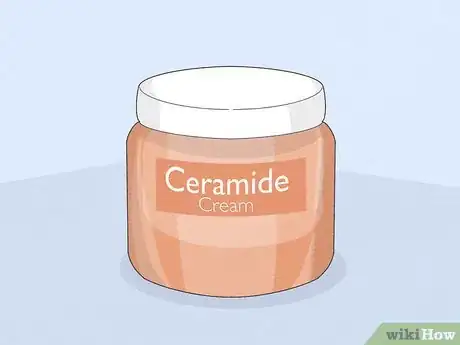
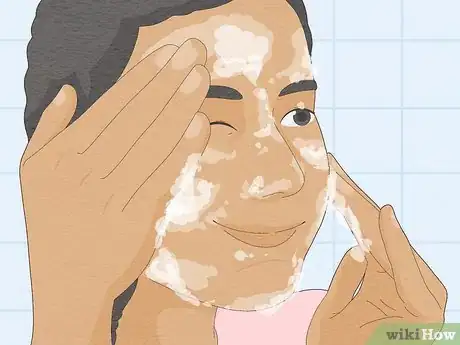
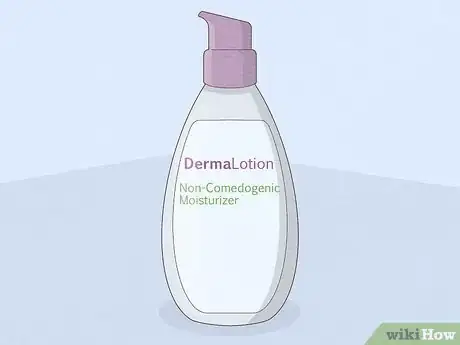
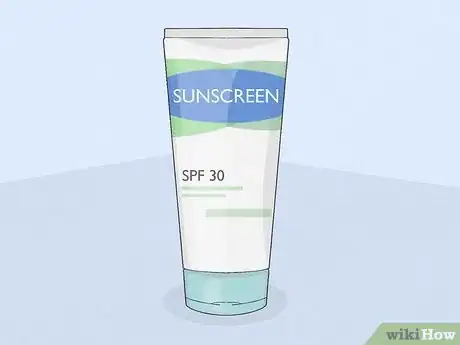
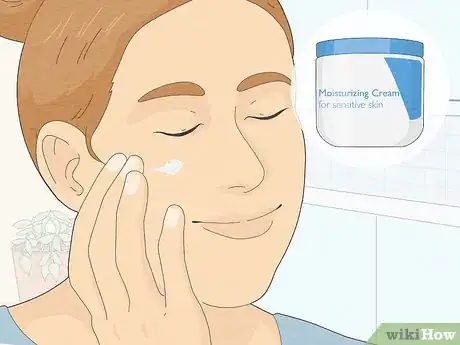
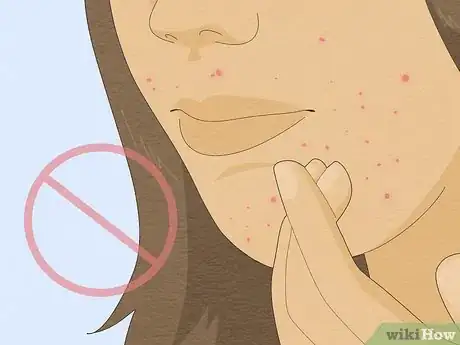
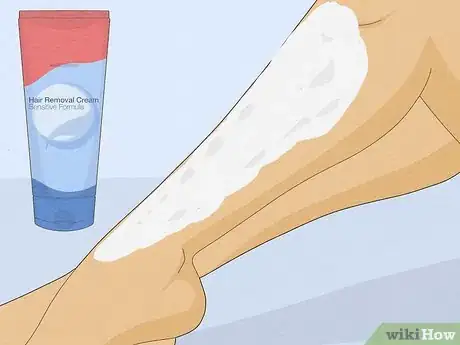
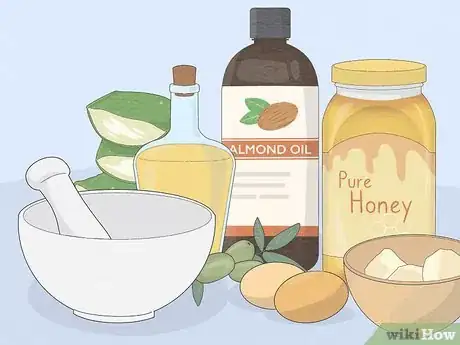
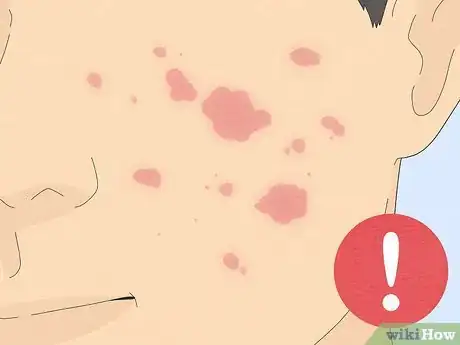
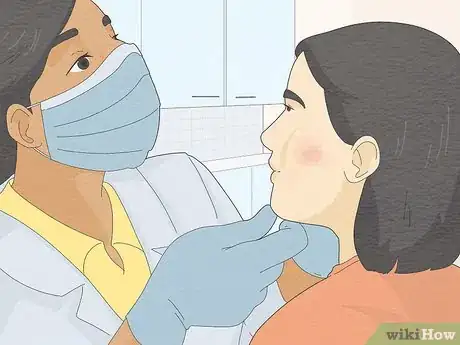
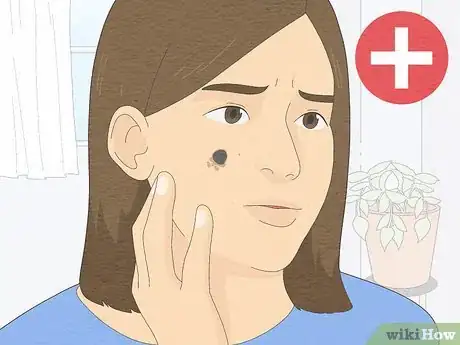

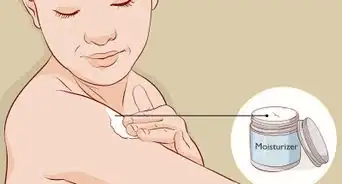
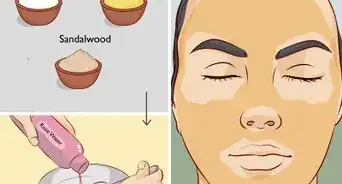



-Step-12-Version-3.webp)














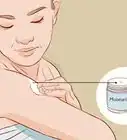
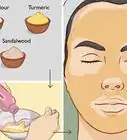




































Medical Disclaimer
The content of this article is not intended to be a substitute for professional medical advice, examination, diagnosis, or treatment. You should always contact your doctor or other qualified healthcare professional before starting, changing, or stopping any kind of health treatment.
Read More...